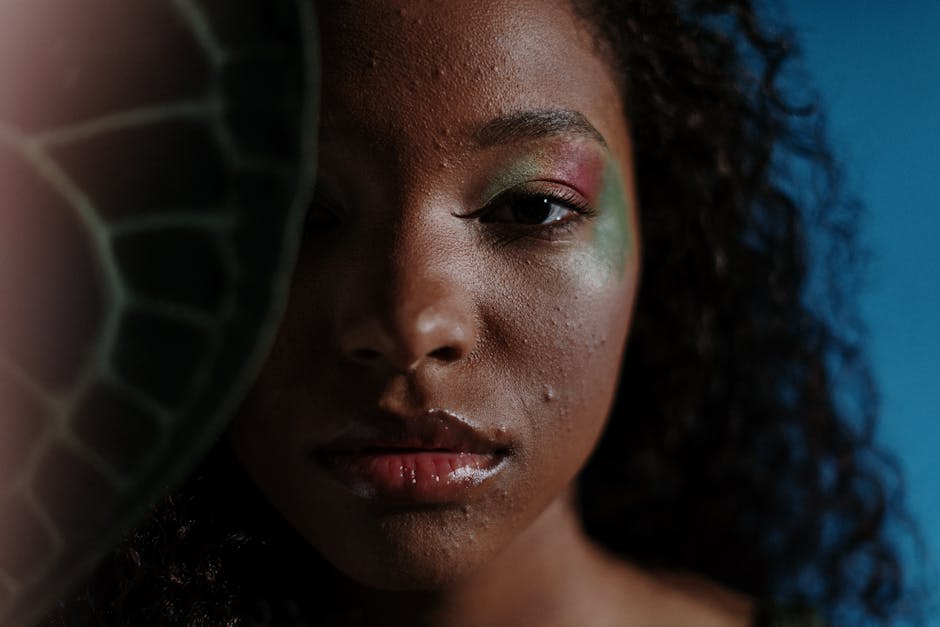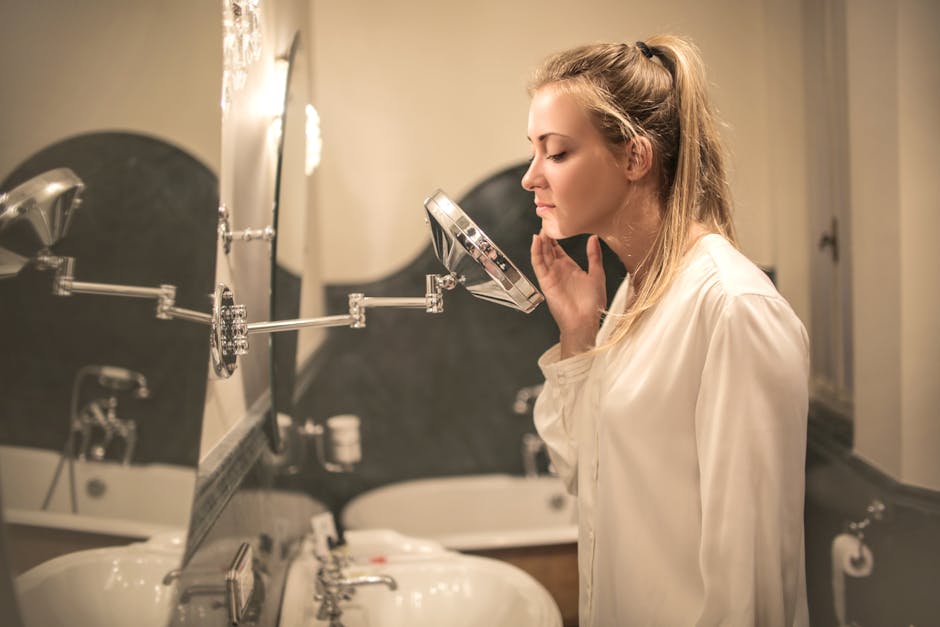Acne: A Comprehensive Guide To Causes, Treatments, And Prevention
Acne, a common skin condition that affects people of all ages, is characterized by the appearance of pimples, blackheads, and whiteheads. While it is often associated with teenage years, acne can persist into adulthood. Understanding the causes, treatments, and preventive measures for acne is crucial for managing and preventing this prevalent skin concern.
**Causes of Acne**
The primary culprit behind acne is the overproduction of sebum, an oily substance produced by the sebaceous glands within the skin. This excessive sebum clogs the hair follicles, creating a breeding ground for bacteria that cause inflammation and the formation of pimples. Other factors contributing to acne include hormonal changes, such as those during puberty or pregnancy; genetics; stress; and certain medications.
**Types of Acne**
Acne manifests in various forms, each with its unique characteristics:
* **Non-inflammatory acne:** This includes blackheads (open comedones) and whiteheads (closed comedones). These are mild forms of acne that do not involve inflammation.
* **Inflammatory acne:** This encompasses papules (small, red bumps), pustules (pus-filled bumps), nodules (deep, painful lumps), and cysts (large, pus-filled lumps). Inflammatory acne can leave scars if not treated appropriately.
**Treatments for Acne**
Treating acne effectively requires a tailored approach that addresses the underlying causes. Common treatments include:
* **Topical medications:** These are applied directly to the skin and contain ingredients such as benzoyl peroxide, salicylic acid, or retinoids, which help reduce inflammation, kill bacteria, and unclog pores.
* **Oral medications:** These are prescribed when topical treatments alone are ineffective and may include antibiotics, isotretinoin (Accutane), or hormonal therapies.
* **Light therapy:** This involves exposing the skin to specific wavelengths of light to kill bacteria and reduce inflammation.
* **Chemical peels:** These exfoliating treatments remove the top layers of the skin, promoting cell turnover and reducing the appearance of acne scars.
* **Extraction:** This is a professional procedure where a dermatologist manually removes blackheads and whiteheads.
**Prevention of Acne**
While not all cases of acne are preventable, certain measures can help reduce the risk:
* **Keep your skin clean:** Wash your face twice daily with a gentle cleanser. Avoid harsh soaps or over-washing, as these can irritate the skin and worsen acne.
* **Moisturize regularly:** Use a non-comedogenic moisturizer to keep your skin hydrated without clogging pores.
* **Avoid picking or squeezing pimples:** This can lead to scarring and spread the bacteria.
* **Manage stress:** Stress can trigger acne breakouts, so find healthy ways to manage stress levels.
* **Eat a healthy diet:** Limit processed foods, sugary drinks, and dairy products, as these have been linked to acne.
**Conclusion**
Acne is a common skin condition that can be managed and prevented with proper treatment and lifestyle modifications. Understanding the causes, types, and treatment options for acne is essential for achieving clear and healthy skin. If you are struggling with acne, consult a dermatologist to develop a personalized treatment plan that addresses your specific needs.


